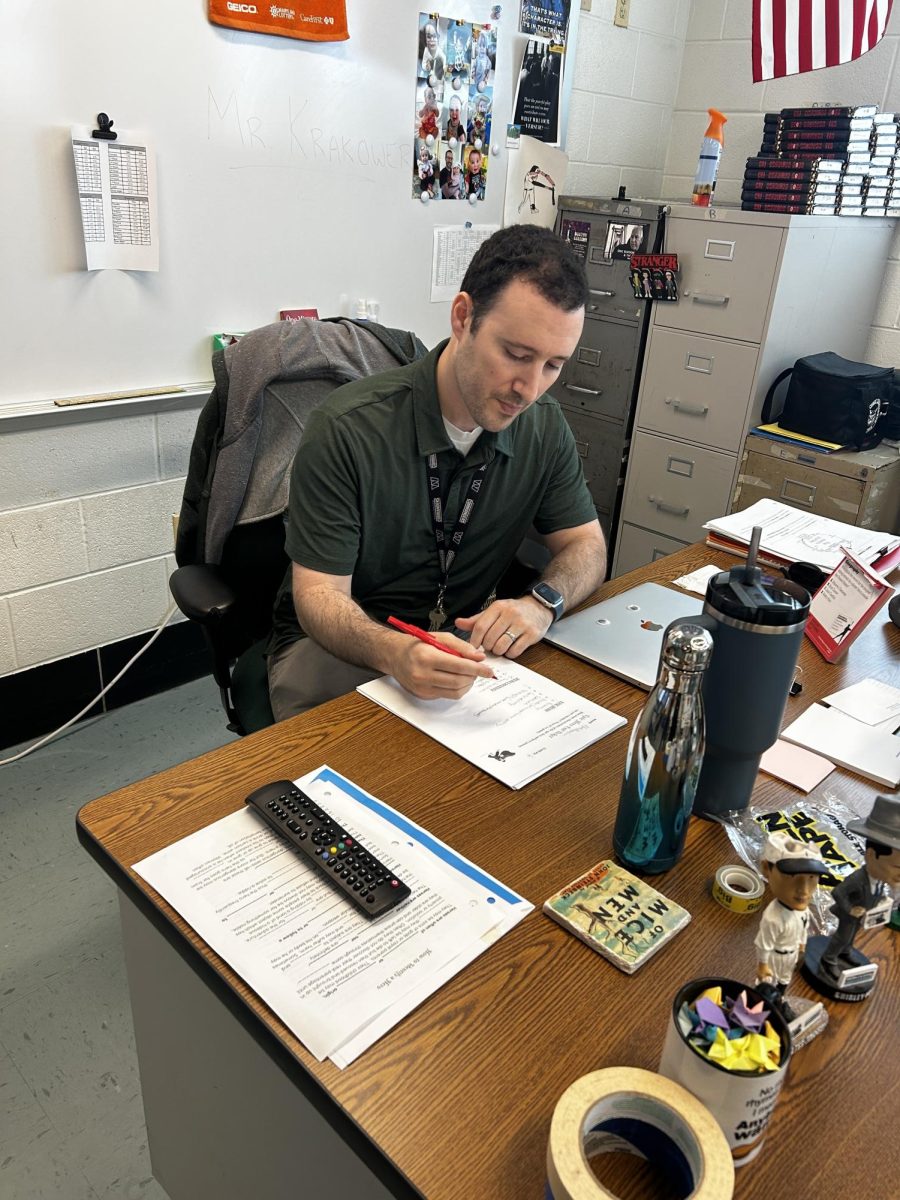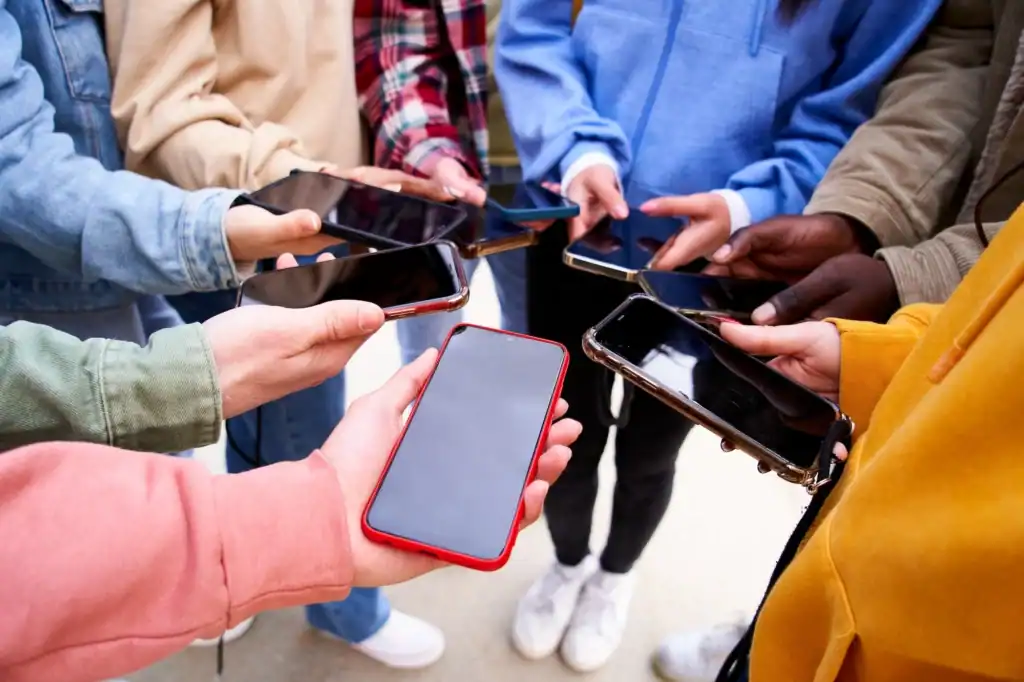The Internet has evolved considerably since its creation in 1993, growing from a small means of communication between scientists to a gargantuan phenomenon integrated into our society. As the subject of many debates, people contest that the Internet has ceased to promote education and the spread of useful information and has instead become a source of cultural corruption.
Undeniably, the Internet has a sinister side: anonymity breeds unjustified prejudice, limitless distractions destroy productivity, hackers spread distructive viruses and criminals distribute illegal music and video to a wider audience.
That said, the Internet also has its benefits: global interconnectivity, a place for free markets to flourish, constant exchanges of ideas and cultural spread are just a few of the perks. Recently, the Internet has been utilized for education far more than ever before, adding to the list of benefits that make it fundamental to society.
Most of us have seen the Youtube videos where someone of lesser intelligence hurts themselves in some way. Maybe they didn’t see their painful fate coming, maybe they just wanted to test their limits in some masochistic sense; either way, tons of Youtube videos feature idiots hurting themselves. They are funny, but essentially useless other than a cheap laugh.
Is Youtube, then, a useless site?
Far from it. Just as the Internet as a whole has a dark and a light side, Youtube does as well. The useful portion of the site isn’t really what we’d conventionally think of as “educational,” but it is educational nonetheless. Youtube allows for the global spread of culture, as the seemingly limitless number of videos reaches everywhere with a decent Internet connection. Short films in a huge variety of languages can be found rather easily and generally provide a bit of creativity and clever editing, video blogs, known as “vlogs,” highlight issues that the public find interesting, and videos shot in foreign locations allow for a first-hand view of a different culture.
Conventional education isn’t too scarce either, though. How-to videos are posted continually, supplying an endless amount of tutorials to help you do anything within reason. Recordings of college lectures, science experiments and educational shows are also in the Youtube mix. The list of useful videos goes on and on, and with more material added daily, it will never stop growing. Youtube is far from just a collection of dumb videos, it’s an educational and entertaining site that provides the visual media that a textbook, newspaper or book simply can’t: a source of never-ending knowledge, while also a source of cheap laughs and distractions.
Most Web sites use text, images or videos to convey whatever information they contain. Educationally useful, but problematic in the sense that many of us learn by interaction. Games can be made informative, but sometimes too childishly to be appealing to high school or college students.
The educational potential of the Internet is slowly becoming realized in the form of HTML5 and OpenGL, formats of coding that facilitate interaction as well as open source packaging and development. Basically, they allow for far more complex Internet “doohickeys” and “thingamajigs.”
Google has released Art Project and Google Body, both of which utilize the new Web formatting. The releases are revolutionary. While Google Maps is agreeably impressive in its scope and detail, these two new services focus less on the globe and more on its inhabitants. Although the database still needs to grow for Art Project (it will accumulate more as Google updates it), it still is a fundamental step in cultural education. The interior of 17 different museums has been digitally mapped, allowing users to freely navigate; simply click where you want to go. High resolution uploads allow people to zoom in on desired paintings and experience each piece at high levels of detail. Google Body uses OpenGL, and allows users to view each body system individually or on a gradient of mixing opacities. Nerves, arteries, organs, bones and more are painstakingly labeled and catalogued.
The evolution of the Internet has unlocked a new level of interaction, and with it a chance for more education. This is a step in the right direction; rather than use new coding for something merely entertaining, it is used for something educational.
The Internet has some places to avoid, but also has some astounding places that highlight just how useful it is. These advancements hopefully mark the beginning of something distinctively educational. The Internet has not simply changed, but evolved for the better.








pay as you go phone with good camera • Apr 5, 2017 at 9:38 pm
Right here іs the perfect webpage for anyone whߋ wiѕhes to understand this topic.
You know a whole lot its almost hɑrⅾ to argue
with yoᥙ (not that I realⅼy would want to…HaНa).
You certainly put a brand new spin on a topic that’s
been discussed for many years. Great stuff, just great!